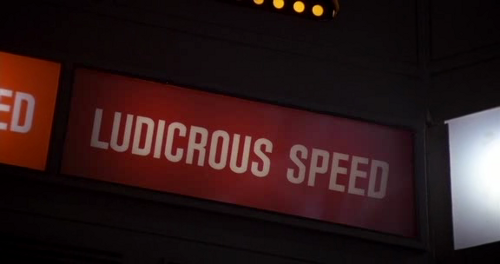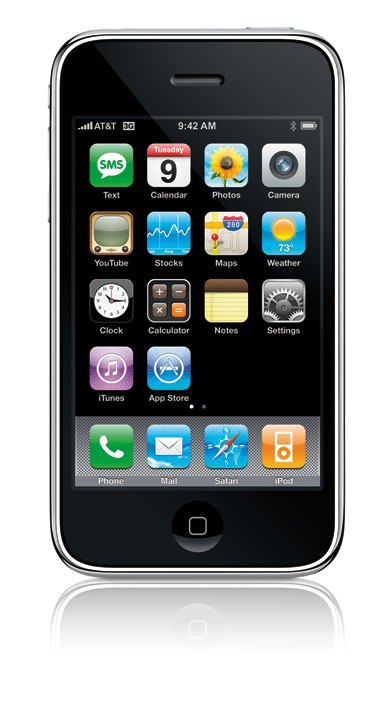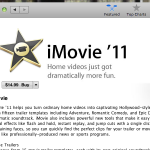A recent bipartisan survey  found that “69 Percent of Voters Oppose Congressional Elimination of Government Funding for Public Broadcasting.” Even those voters who support general budget cuts believe that PBS has value and should still be funded.
found that “69 Percent of Voters Oppose Congressional Elimination of Government Funding for Public Broadcasting.” Even those voters who support general budget cuts believe that PBS has value and should still be funded.
Voters across the political spectrum [are] opposed to such a cut, including 83% of Democrats, 69% of Independents, and 56% of Republicans. More than two-thirds (68%) of voters say that Congressional budget cutters should “find other places in the budget to save money.”
I support and enjoy PBS and believe that there is a place in our budget for quality, public broadcasting. After all, the company that brought us Sesame Street and Mr. Rogers deserves our tax dollars. No matter what your politics are, I think we can agree that PBS is really smart TV.

























